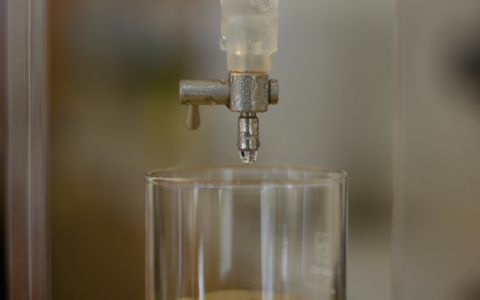A newly published study by scientists from leading universities scientists concluded that the number of sperm of men from Western countries declined significantly, with no signs of "turnover to the better". This reinforces the hypothesis that male health is threatened in the modern world, including the negative impact on fertility. About research published on the Internet, Human Reproduction Update reported the New York Times, which also brought the views of other scientists, who also as one of the factors identified chemicals in products such as phthalates used as plasticizers in PVC. Arnika is pointing out their danger for a long time.
The International Science Team has processed the results of sperm samples analysis from 42,935 men from 50 countries from 1973 to 2011. Scientists have found that the sperm concentration (expressed as sperm count per milliliter of sperm) decreased to 52.4% for men from North America, Europe, Australia and New Zealand.
The reduction in the number of sperm was first recorded a quarter-century ago, but a new analysis shows that "this decline is strong and continues," said Dr. Shanna H. Swan, one of the study authors and professor at the Icahn School of Medicine in Mount Sinai, New York.
Although the new study offers the most collected data for the subject of a long-standing dispute, it is far from conclusive because the cause and effect on fertility - and whether the reduction in sperm count has any real effect - remain unknown, at least according to some scientists skeptical about similar studies. Allan Pacey, professor of andrology at the University of Sheffield, UK, who in 2013 wrote an article about this type of research has been skeptical of studies indicating a decrease in sperm count as an argument. He noted that "reducing the concentration by 52.4 percent may sound like a lot, but it represents a change from a normal 99 million sperm per milliliter to a normal 47 million sperm per milliliter." Nevertheless, Professor Pacey has admitted in a recent interview that the new contribution has triggered his interest and represents a "step forward in clarifying the data that would ultimately allow a better design to continue the research on this issue."
Another point of view, basically the same as the authors of a new study has Niels Skakkebaek, a scientist dealing with reproduction and professor at the University of Copenhagen. "No trend studies were conducted in the first half of the 20th century, but in the 1940s fertility specialists argued that men should have at least 60 million sperm per milliliter to be considered" normal "and that many had more than 100 million per milliliter. Nowadays, average young men have 40-50 million per milliliter," said Skakkebaek.
Professor Skakkebaek is the author of a 1992 study that suggests that chemicals play a role in the steady decline in sperm quality. Since then he has observed that an increase in abnormalities in the male reproductive system may be associated with exposure to endocrine disrupting chemicals. "We need to find out which ones are associated with male reproductive problems, including male infertility and testicular cancer," said Skakkebaek.
Phthalates still appear as plasticizers used in soft toys and soft PVC articles, both in the EU countries, including the Czech Republic, let alone outside Europe. "Some toys bought in the marketplace in Belarus a few years ago, for example, contained up to 50% of toxic phthalates," added the information found by Arnika Jindřich Petrlík, Head of the Toxic Substances and Wastes Program. The problem of environmental pollution by phthalates and other substances threatening male fertility will be stretched all the more, the worse is the control of these substances in plastic recyclables, from which both new toys and building materials are produced.
More information in the study on Human Reproduction Update and the article in the New York Times.
Translation: Hana Borejová







